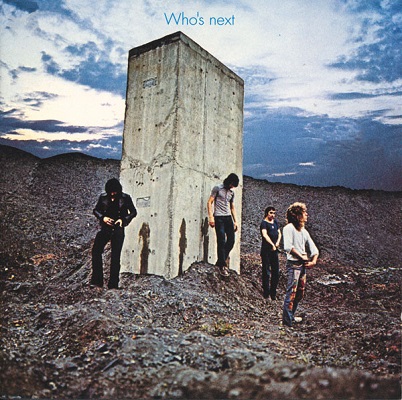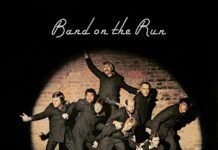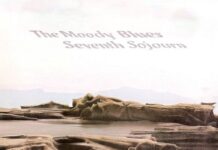At the beginning of the 70s, the impact of Tommy weighed heavily on Pete Townshend’s shoulders. How on earth would he and the Who top such a successful and important album? The guitarist-songwriter felt he had to take his music and its conceptual strains one step further. He began writing a futuristic fable that would transcend itself beyond the usual conventions of modern music. Intended to be a film, a play, a concert, a mega multimedia and cerebral experience – Townshend called his new project Lifehouse. And although Lifehouse would stay frozen on the blocks for another 30 years, its seeds sprouted the Who’s most cohesive and consistent effort, Who’s Next.
How Townshend’s ambitious follow-up ended up as Who’s Next isn’t easy to discern. After several false starts and a break with Who manager/mentor, Kit Lambert, the record was eventually rescued and shaped by producer/engineer, Glyn Johns. Much of Townshend’s vision was contained within his extensive demos — bits and pieces of a loosely constructed storyline set against experimental melodies and basic backbeats. The album’s opening track, “Baba O’Riley,” was originally an elongated cycle of synthesizer loops. What it became was an anthem, highlighted by a tumultuous build, Dave Arbus’ rambling violin and Roger Daltrey’s acclamation of a “Teenage wasteland.” The thunder is sustained by the contagious “Bargain” — now, like so much of the Who’s music, a commercial jingle. “Love Ain’t For Keeping” chugs away against a fierce acoustic rhythm while John Entwistle’s sole contribution of “My Wife” remains one of his most electrifying songs. “This Song Is Over” features Nicky Hopkins’ incomparable piano work and ends with a chorus pulled from “Pure And Easy,” the central number of Lifehouse that failed to make the final cut, but would resurface three years later on the Odds And Sods compilation.
The theme is maintained on “Getting In Tune,” reintroduced during the Who’s most recent tour, and “Going Mobile,” a track with Townshend on lead vocals that recounts a couple of Lifehouse‘s characters cruising the streets in a Cadillac. It’s the album’s two singles that set up the grand finale. “Behind Blue Eyes” and “Won’t Get Fooled Again” are adrenaline-filled powder kegs that capture the Who in their most primal state. Keith Moon’s drumming is as wild as ever, yet enduringly steady. Entwistle’s sturdy bass and Townshend’s barking guitar rise and shift as Daltrey’s signature scream radiates with emotion and authority during the climax. This is arguably one of the Who’s greatest triumphs ever put on record. And indisputably one of the most definitive moments in all of rock and roll.
~ Shawn Perry




















